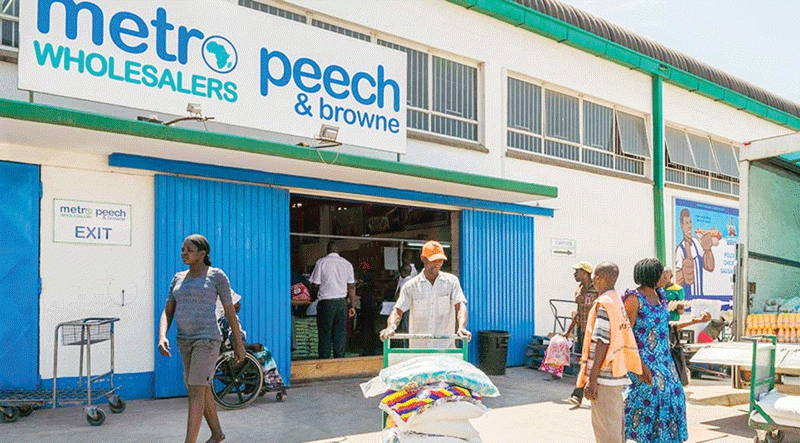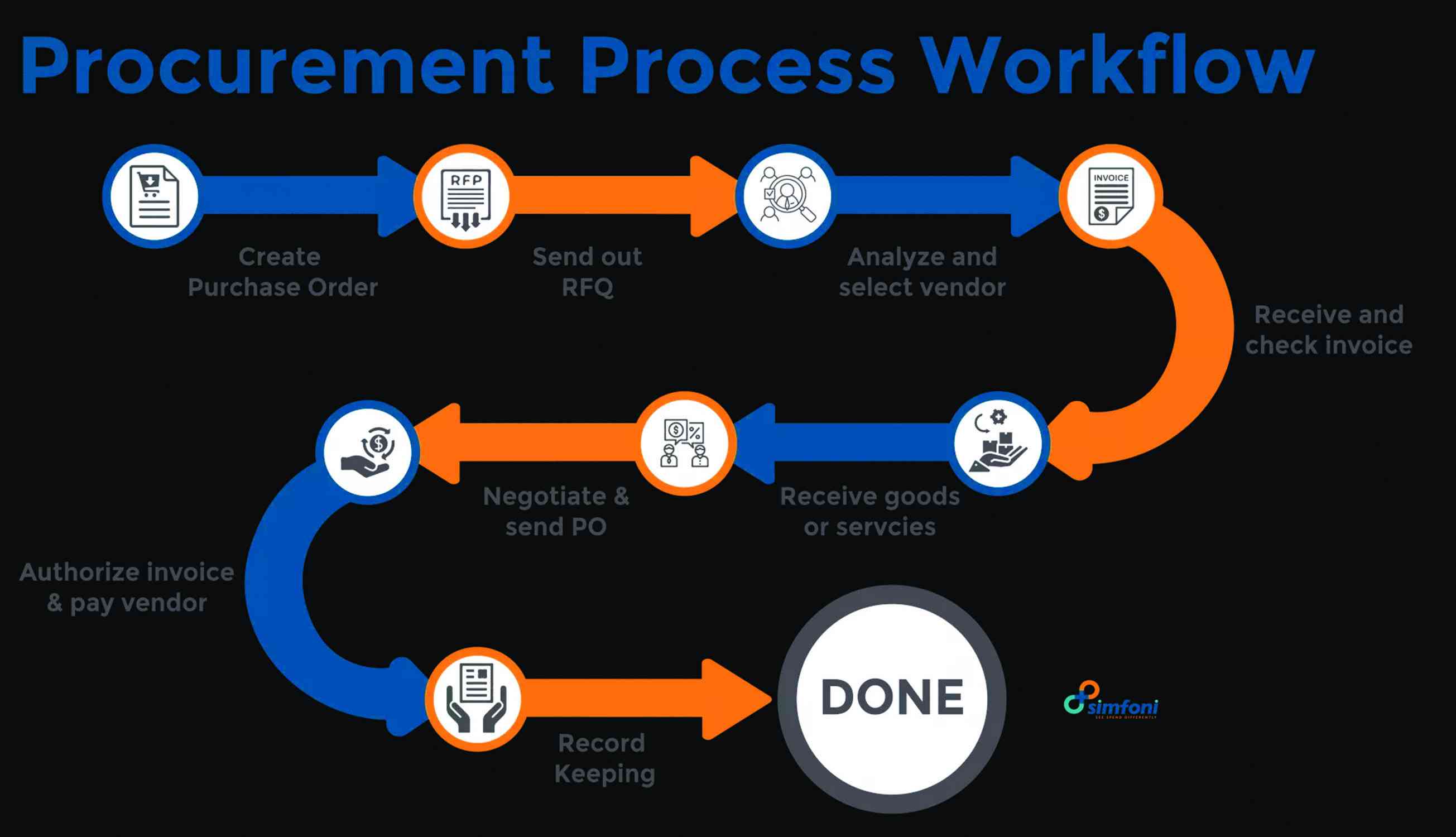
The recent placement of Beta Holdings Limited, Khayah Cement Zimbabwe, and Metro Peech & Browne Wholesalers under corporate rescue highlights a concerning trend in Zimbabwe’s corporate financing landscape.
These companies, despite operating in key sectors of the economy, have faced severe financial distress primarily due to structural weaknesses in the country’s financial markets. One of the common issues underlying these predicaments in all the cases is the mis-match between long-term obligations and short-term funding.
Zimbabwe’s financial sector struggles to provide long-term credit facilities due to macroeconomic instability, unpredictable currency dynamics and a history of high inflation. As a result, companies rely heavily on short-term borrowing to fund long-term capital projects, creating a liquidity mismatch.
The prevailing contractionary monetary policy regime aimed at combating inflation has also made interest rates to remain prohibitively high, making the short-term loans expensive. Servicing these short-term obligations while waiting for returns from long-term investments places companies under immense financial strain.
The consequences of the financial strain include, among others:
- Cash flow pressures: Companies face persistent liquidity crunches as short-term debt repayments outpace revenue cycles;
- Debt accumulation: Short-term borrowing cycles lead to debt rollovers, increasing the overall debt burden; and
- Operational disruptions: Insufficient working capital results in operational inefficiencies and supply chain disruptions.
Sadly, the cases of Beta Holdings Limited, Khayah Cement Zimbabwe, and Metro Peech & Browne Wholesalers are not isolated incidents. Many other companies in Zimbabwe, across various sectors, are likely facing similar operational and financial challenges.
As a result, jobs are being lost, economic inequalities are growing, Zimbabwe continues to lose critical skills through brain-drain and risks losing its attractiveness as a conducive business destination by foreign investors.
Possible solutions, recommendations
- Experts downbeat as Ncube cuts GDP forecasts
- New perspectives: De-link politics from Zim’s education policies
- Experts downbeat as Ncube cuts GDP forecasts
- New perspectives: De-link politics from Zim’s education policies
Keep Reading
- Creating an environment that allows and sustains the introduction of long-term financial instruments such as infrastructure bonds, corporate bonds, and public-private partnerships (PPPs) to mobilise long-term capital;
- Ensure consistent and predictable monetary policies to boost investor interest in long term financing arrangements;
- Incentivising pension funds and insurance companies to allocate more resources to long term corporate investments;
- Reducing in house operations by outsourcing services like logistics or IT;
- Leveraging digitisation and e-commerce platforms to lower operational costs; and
- Leveraging regional or international finance options for long term capital.
Without these interventions, Zimbabwe risks witnessing a wave of corporate failures, further weakening the economy.
GDP growth (is) expected to remain steady at 3,2% in 2025, driven by a mix of advanced and emerging market performances
GDP growth for emerging markets is projected to remain strong at 4,2% annually, with China (4,5% in 2025) and India (6,5%) leading due to private consumption and export resilience.
In the Sadc region, growth was projected at 2,5% in 2024, increasing to 3,3% in 2025, with standout performances expected from: Botswana: 5,2% in 2025 driven by resource exports, Zimbabwe: 6% in 2025, supported by agricultural recovery and infrastructure investment, Tanzania; 6% in 2025, reflecting strong performance in trade and services.
ZSE performance
The Zimbabwe Stock Exchange (ZSE) recorded a 18% gain in market capitalisation during 2024, driven by inflation-hedging behaviour among investors and demand for tangible asset-backed stocks.
The benchmark All-Share Index gained 118% to close December 2024 at 217.58 after having been rebased to 100 in April when the ZiG was introduced. Key sectors such as financial services, consumer staples, and real estate anchored the strong ZSE performance due to their resilience in navigating macroeconomic challenges.
The ZIG’s stabilisation efforts provided some predictability, but periodic currency devaluations created speculative opportunities, boosting short-term trading volumes.
Inflation fears encouraged investment in stocks as a hedge, particularly in sectors less reliant on imports.
Challenges
Forex shortages and high transaction costs discouraged foreign investors, who remained largely absent from the market. Smaller-cap companies struggled due to weak earnings, tightening regulatory requirements, and constrained growth prospects.
VFEX
Victoria Falls Stock Exchange (VFEX) VFEX benefited from companies seeking forex-based revenues to hedge against currency risks.
Key developments in 2024 included: • Listing of Edgars Stores Limited and Invictus Energy Depository Receipts, • Official launch of Contract For Differences (CFDs) in May, • Suspension of Bindura Nickel in May, • Gazetting of commodity trading rules through SI 148 & 149 of 2024, • Establishment of the Bond Market Association of Zimbabwe.
However, while VFEX attracted additional listings, overall trading volumes remained modest due to limited liquidity and subdued foreign investor activity.
High country risk and limited international capital inflows constrained VFEX’s growth potential. Export-oriented companies and mining firms have performed well on the bourse, leveraging global commodity price movements despite local economic headwinds.
Key performance metrics
The VFEX All Share index was rebased to 100 basis points on 1 January 2024. The index added 4.08 points to close December 2024 at 104.08. The number of trades totaled 12,529 from January to December 2024, with an average of 1,044 per month.
Market Capitalisation reached a new high in December 2024 of US$1,3 billion, gaining 5,95% compared to the same period last year. — FBC Securities











